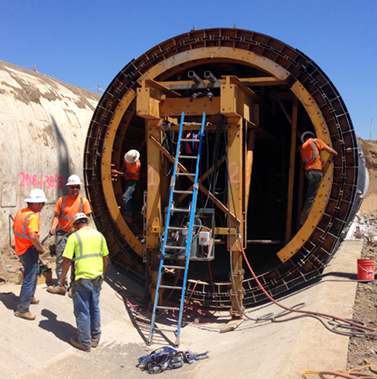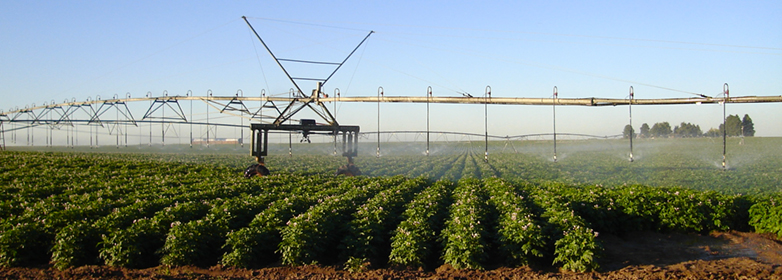Odessa groundwater replacement
The Odessa Groundwater Replacement project works toward protecting the workers, farmers, and communities who depend on Central Washington's robust agricultural sector. Stabilizing this declining aquifer helps meet our goal of securing clean, available water for the present and future, especially as water supplies throughout the state face pressure from climate change.
We are fulfilling a top mandate by the Legislature to make surface water available to farmers now relying on unsustainable groundwater supplies in the Odessa Subarea within the Columbia River Basin Project.
We've built infrastructure and secured water so affected farmers can irrigate their crops using Columbia River project water they were historically promised. Groundwater in the area is of poor quality and levels have dropped severely, making it expensive to pump for irrigation.
Only farmers residing within the Columbia River project and who have an existing groundwater right are eligible to apply for water permit transfers.
Drawing on the aquifer
is unsustainable
Aquifers in the Odessa Subarea are declining. Groundwater has been depleted to such an extent that water must be pumped from wells as deep as 2,400 feet. Water pumped from such depths is hot and has high sodium concentrations. It also requires a great deal of electricity to pump it to the surface.
Delivering surface water
To address the risk, the Legislature tasked us to find "alternatives to groundwater for agricultural users in the Odessa Subarea aquifer" as part of the Columbia River Water Management Program. We partnered with the U.S. Bureau of Reclamation to investigate solutions to the problem, eventually releasing the Odessa Subarea special study final environmental impact statement.
We have secured enough water to move 90,000 acres of farmland from a severely declining aquifer to surface water by employing conservation measures and working with the Bureau of Reclamation to make operational changes in the storage and delivery system.
In partnership with Reclamation, we've built the infrastructure needed to bring the water to the basin's irrigation districts. Farmers are responsible for the pumps and pipes needed to deliver the water to their land.
We also secured 30,000 acre feet of water by supporting a coordinated conservation program with the Columbia River Basin irrigation districts. Another 30,000 acre feet are available from the Lake Roosevelt project. In all, 90,000 acres of land will be moved to surface water when the project is built out.
Getting the water to the Odessa Subarea required substantial infrastructure investments, including building new siphons to convey the additional water under Interstate 90 near Moses Lake, widening the East Low Canal, replacing bridges over the canal, and other infrastructure improvements.
Eligibility
Farmers who meet the following eligibility requirements may participate in the program:
- Lands must be within boundaries of the federally managed Columbia River Basin Project.
- Lands must have a valid state-issued groundwater right (permit or certificate).
- Lands must be within the Odessa Subarea special study area boundary.
- Landowners must be able to enter into a water service contract.
Photo credit: Washington Potato Commission
Related links
Contact information
Tim Poppleton
Office of Columbia River web coordinator
tim.poppleton@ecy.wa.gov



